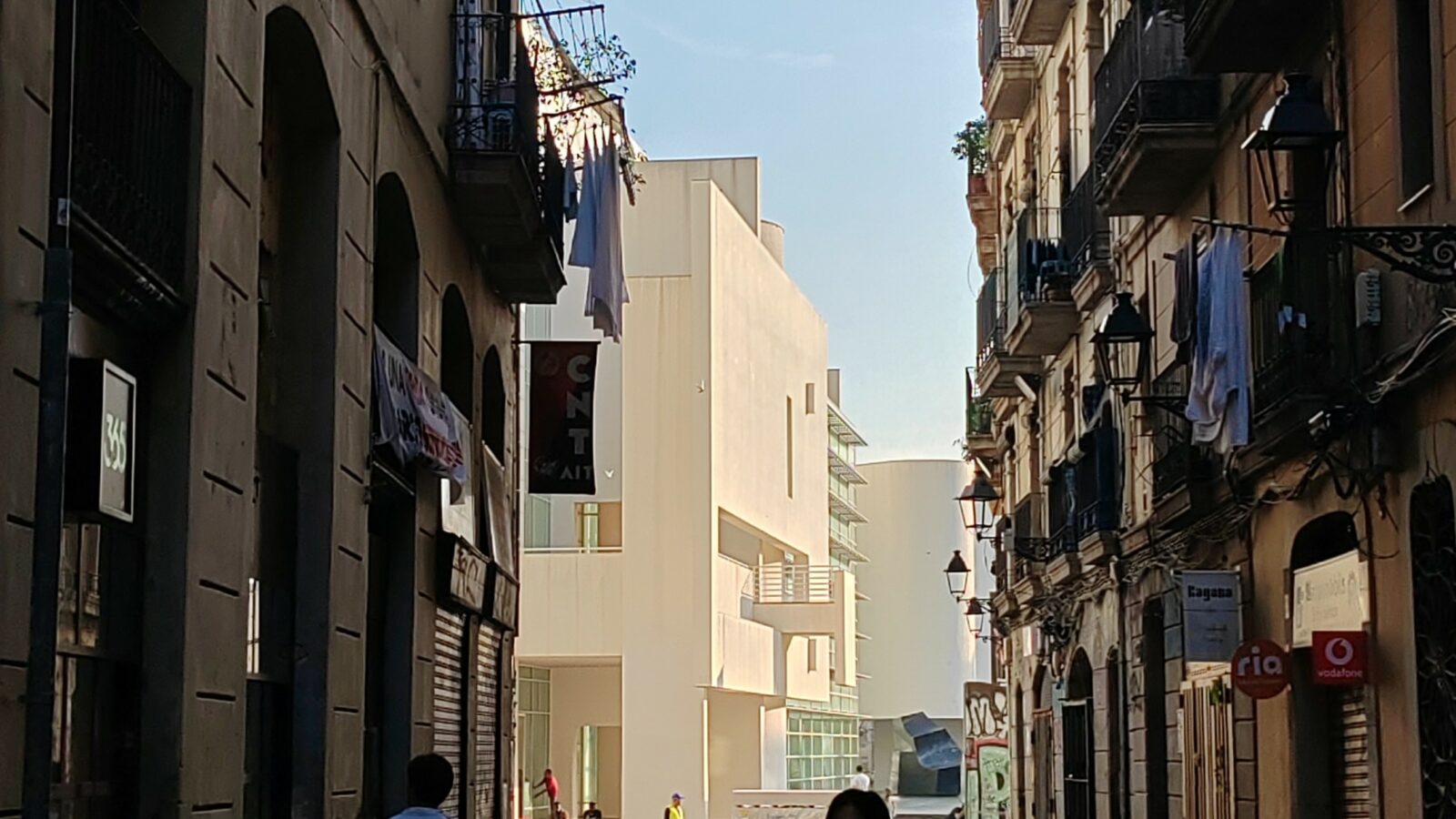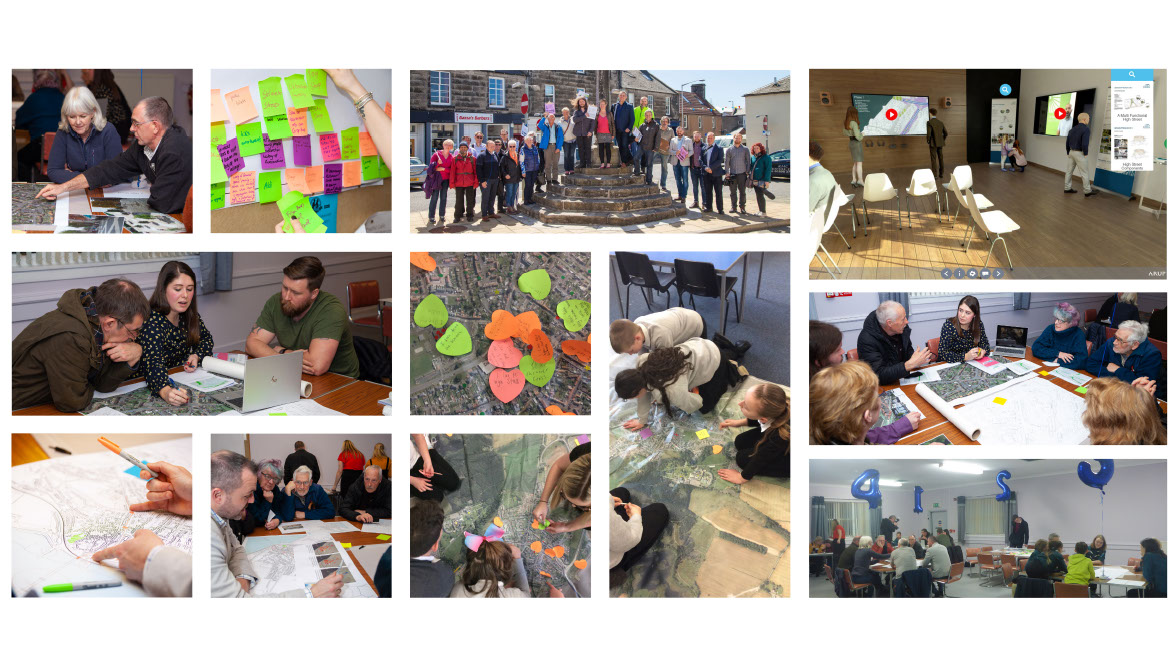International Making Place Conference – Glasgow, 10th June 2019

HarrisonStevens attended the inaugural conference on Place and Place Standard. The premise of the conference was the definition that ‘Place transcends the physical environment, it is not only about buildings, streets, urban layout, public and natural space but includes social and economic dimensions.
World Health Organisation – European Healthy Cities Network
HarrisonStevens attended the inaugural conference on Place and Place Standard. The premise of the conference was the definition that ‘Place transcends the physical environment, it is not only about buildings, streets, urban layout, public and natural space but includes social and economic dimensions. Place as a concept is defined by constant change, movement and transformation, including the influence of health and well-being of people. The conference explored the mechanisms to strengthen the holistic engagement between individuals, communities and their environment. An approach aligning with the UN Sustainable Development Goals, challenging an understanding of how people’s interactions with their environments impact on their health and well-being. The agenda set by the Sustainable Cities and Communities goal calls us to focus on empowerment and enabling individuals to reach their full human and social potential by providing an effective range of environments supporting an ownership of personal health and well-being.
Supporting this approach was the celebration of the Place Standard introduced in 2015 as a tool for analysing place. An innovative design tool which emerged from Scotland under the partnership of the NHS Scotland, Architecture and Design Scotland, Glasgow City Council and the Scottish Government. The Place Standard toolkit is now adopted in over 13 other European countries and is widely recognised as the most significant tool in engaging with communities and making people really think in depth about the community within which they live. It is about Place but not as a landscape architect, planner or architect may think about place, it is more holistic than that, the fourteen focus areas include sense of empowerment, decision making, strength of community and opportunity. It therefore was relevant and necessary for HarrisonStevens to attend this conference, and to present a paper at it given our leading approach to engagement, community empowerment and knowledge of Place standard practice in Scotland. The paper was presented during one of the afternoon parallel sessions where topics such as linear networks in Belfast, ‘A Caring Place’, the Place Standard Toolkit, specific projects such as Western Isles, and Play Map, developing local play strategies, all contributed to the conference objective of celebrating, inspiring and expanding the application of placed based working at a local, national, regional and global level.
Community empowerment and a mindset change was the focus of the presentation at the conference. Titled ‘Forgotten to First’ exploring the mindset change from Kincardine the forgotten peripheral village to ‘First in Fife’. Two representatives from the community and one from CRT were present to offer their perspectives on the engagement events and the positivity which has emerged as the most encouraging outcome of the process. The community have a healthy and robust development group called GoForth which have recently been constituted and have seven directors heading the team who are responsible for the delivery of the actions arising from the charrette. The community links study addresses three of these; improved high street, realigned junction and re-imagined north approach road with arrival sequence.
HarrisonStevens were a member of the team who successfully carried out the Kincardine Charrette in June 2017. The four-day charrette included a day of analysis with the community, utilising the Place Standard Toolkit, walking around the village at the key points of conflict or opportunity and reviewing the place potential. Following on from the success of the event HarrisonStevens have been leading a team on studies to de-trunk the main road, realign a major junction in the village and to enliven the high street with public realm proposals with a people first design philosophy. The Kincardine Community Links project has developed the empowering outcomes of the charrette and sought to maintain this momentum with the community at the heart of the decision making. The study outcomes include; over 500m of new cycleway, relocating the buses from the high street, over 2000m2 of improved public realm, 1000m2 of carriageway converted to landscape, and a people first design for the villages main traffic junction. The objectives of the project are to provide evidence of behavioural change, encouraging active travel through the enhancement of the town environment, the safety and accessibility of connections and routes and the re-focus from road-user led design to design for people. The purpose is to leave the community with a map for their future direction which is legible and deliverable in terms of Council and Transport Scotland support and community governance. The community are fortunate that the Coalfields Regeneration Trust (CRT) are based in the village and offer support and direction wherever required in order to maintain momentum and positive outcomes.
What is next for Kincardine? The bid for funding to complete the detail design studies has been submitted and will be announced this Summer. With a positive outcome the project will proceed immediately. Should funding not be forthcoming GoForth will seek alternative funding sources to ensure that the great work to date continues. Working with this community has been such a positive experience where one has witnessed change and growth. The summary of the success of the community empowerment has been strong leadership and direction, a change of mindset, clear objectives which lead to health and wellbeing goals, behavioural change and deliverable action plans. Kincardine ‘First in Fife’, no longer peripheral, the community has found their voice and have direction, this is a village, a community, at the centre of its own decision making.



